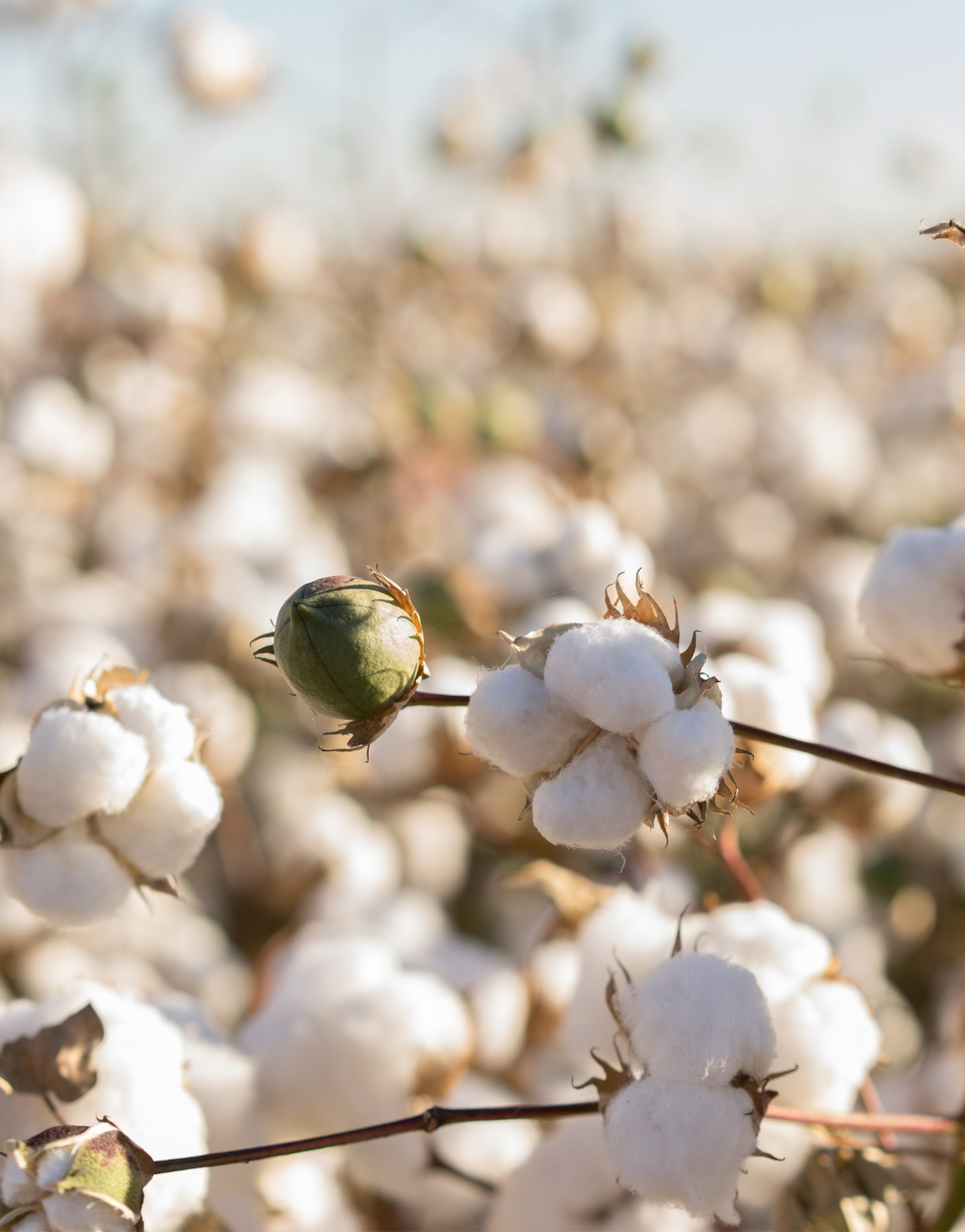Cotton is a widely used material in the fashion industry, but its conventional cultivation has negative environmental and social impacts. Despite being perceived as a natural, renewable, and biodegradable material, the production of conventionally grown cotton has several drawbacks. It takes approximately 2,700 liters of water to produce enough fibre for a single T-shirt, which is equivalent to the amount of water an individual typically drinks in 900 days. In recent years, there has been an increasing demand for organic cotton, which is considered a more sustainable alternative. However, organic cotton may not be the perfect solution either.
The processing of both conventionally and organically grown cotton can involve the use of toxic chemicals. Therefore, when buying organic cotton, looking for third-party certifications like GOTS is advisable. It is cultivated using more sustainable practices, such as prioritising soil health and biodiversity, and helps save freshwater resources as 80% of the land that produces organic cotton is located in predominantly rainfed areas. Organic practices can also reduce energy consumption by up to 30-70% per unit of land.
It's crucial to acknowledge that even if all cotton worldwide were produced organically, it would still have a negative impact on the environment unless we significantly reduce our consumption. As a consumer, it's essential to opt for certified organic cotton, but also adopt a sustainable approach to fashion by buying fewer, more intentional pieces, taking good care of our clothing, and encouraging others to do the same.
-
Sources
Textile Exchange Organic Cotton Market Report 2021
Organic Cotton Accelerator
Global Organic Textile Exchange
WWF: The Impact of a Cotton T-Shirt

